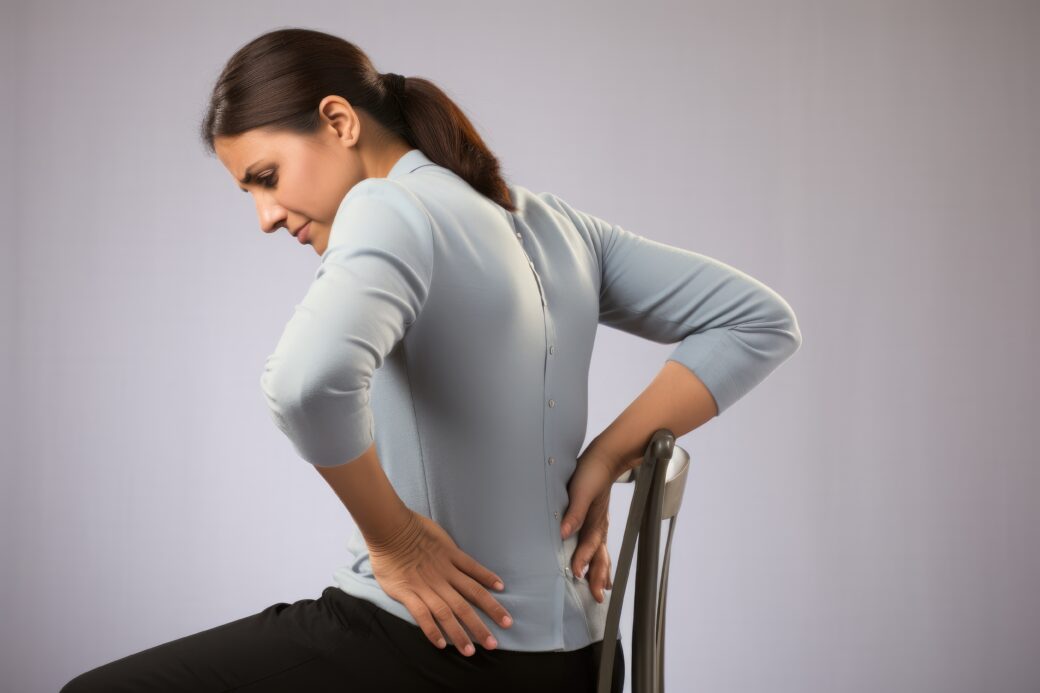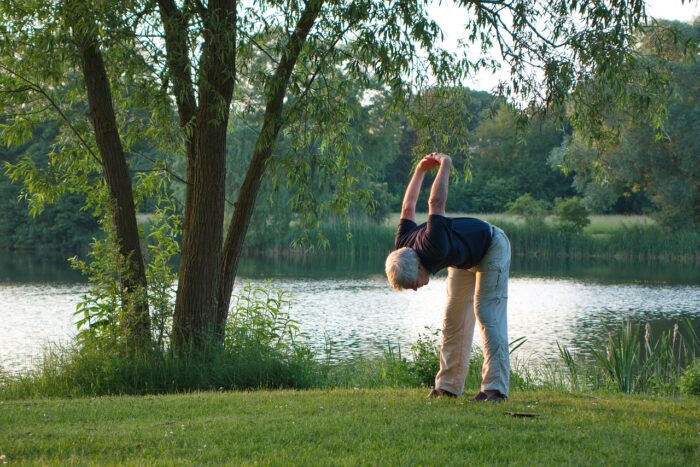
The position that typically puts the most pressure on the lumbar spine is sitting, particularly when sitting with poor posture.
Here’s a more detailed breakdown of how different positions affect lumbar spine pressure…
- Sitting (Poor Posture)
- Sitting in a slouched position or without proper lumbar support can significantly increase pressure on the lumbar spine. When sitting with poor posture, the natural curve of the spine flattens, causing the intervertebral discs and surrounding structures to bear more weight and stress. This can lead to increased discomfort and potential injury over time.
- Sitting (Good Posture)
- Even with good posture, sitting places more pressure on the lumbar spine compared to standing or lying down. However, using an ergonomic chair with lumbar support and maintaining a neutral spine can reduce this pressure.
- Leaning Forward (e.g., While Sitting or Bending)
- Leaning forward, such as when working at a desk or lifting objects incorrectly, places additional strain on the lumbar spine. The forward flexion increases the load on the lower back, especially if the movement is performed frequently or for extended periods.
- Standing (Poor Posture)
- Standing with poor posture, such as with an exaggerated swayback or slouched shoulders, can also increase lumbar spine pressure. Proper alignment, with weight evenly distributed and the spine in a neutral position, helps minimize this pressure.
- Standing (Good Posture)
- Standing with good posture generally places less pressure on the lumbar spine compared to sitting. Maintaining an upright posture with a slight natural curve in the lower back helps distribute weight more evenly.
- Lifting Heavy Objects Incorrectly
- Lifting with the back rather than the legs increases pressure on the lumbar spine. Proper lifting technique involves bending at the knees and hips, keeping the back straight, and holding the object close to the body to reduce strain on the lower back.
Reducing Lumbar Spine Pressure
- Use Ergonomic Furniture – Choose chairs with good lumbar support and adjust your workstation to promote good posture.
- Practice Good Posture – Sit and stand with your spine in a neutral position, shoulders back, and feet flat on the floor.
- Take Breaks – Avoid prolonged sitting or standing in one position. Take breaks to move and stretch regularly.
- Exercise – Strengthening the core muscles can help support the lumbar spine and reduce pressure.
- Lifting Techniques – Use proper lifting techniques to avoid straining the lower back.
Understanding and maintaining positions that minimize pressure on the lumbar spine can help prevent discomfort and reduce the risk of injury.
Related Posts
How Can I Treat My Lumbar Spine At Home?
On
September 20, 2024
How Can I Improve My Lumbar Back Pain?
On
August 27, 2024
Can Liver Problems Cause Lower Back Pain?
On
July 20, 2022
What Is The Best Treatment For Lumbar Spine?
On
November 13, 2024



